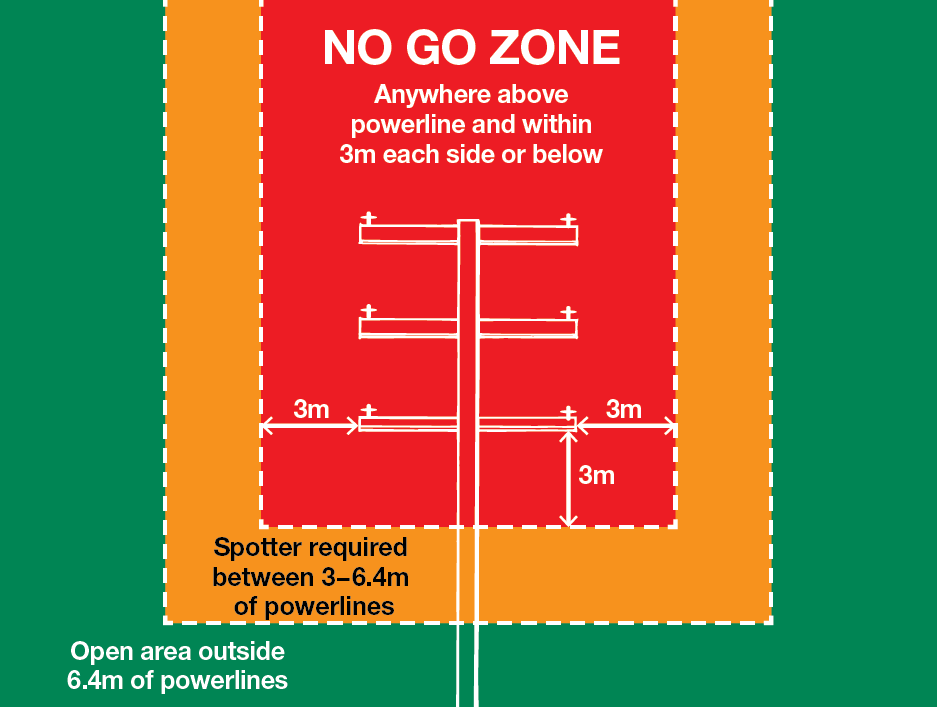Title Page
-
Site conducted
-
Date
-
Site address
-
Builder
-
Contractor
-
Inspected by
-
Number of dwellings
-
Required truck type
-
Traffic management has been organised or is in place<br>Note: If truck of average length 12m cannot fit on site consider traffic management; must not block crossover
-
There is enough space to accept the full delivery
-
Site conditions are suitable to make the delivery (crushed rock is down for firm base)
-
There is no significant gradient/fall to the delivery area affecting the set up and operation of the truck
-
Entry to site access is a minimum of 2.5m (take photos if narrower)
-
There is a 4.5m width for the stabiliser legs to be set out at loading area
-
Suitable load points are available if craning to upper flooring
-
Number of packs on delivery (10 panels per pack)
-
There is enough space to position all packs above load-bearing walls (consider split-delivery)
-
Suitable load points are available if craning to scaffold
-
Scaffold ticket is signed off and heavy duty rated
-
Number of packs on delivery (10 panels per pack)
-
Number of heavy duty bays to position product safely (max 5 panels per bay)
-
There are no powerlines that will put the delivery within 6.4m (requires a spotter)
-
No Go Zone Guide
-
Reach distance is correct to allow product placement (12m max)
-
Additional comments
-
Additional photos
Footer
-
Builder representative
-
Contractor representative
-
Hebel representative
Disclaimer
-
Disclaimer: CSR Hebel carry out all site inspection services in good faith and without prejudice.
CSR Hebel inspection reports are provided as a construction guide to the builder and/or installer. The purpose of CSR Hebel inspection reports is to determine, from visual observations undertaken by Hebel trained personnel, whether an exterior or interior wall is being constructed in accordance with the relevant Hebel design and construction guides.
Given that site inspections rely on visual observations, and can only practically encompass a targeted proportion of the total construction area, CSR Hebel inspection reports cannot be used as judgment on the entire installation quality. The quality and compliance of all construction remains the responsibility of the licensed builder who is accountable for the delivery of the construction project. CSR Hebel inspection reports do not constitute a guarantee or warranty over installation.
CSR Hebel systems require installation of control joints and these are often identified in the inspection reports. CSR Hebel design guides make general recommendations as to the locations of control joints. If no other authorised construction documentation is available to Hebel representatives then control joint inspections are assessed in line with these CSR Hebel system guidelines. However – the responsibility for the design, final locations and frequency of control joints must always be assessed and determined by the relevant project engineer, who is qualified to assess the full range of factors affecting building movement.
CSR Hebel exterior wall systems require weather resistant coatings to achieve compliance and ensure their long term durability performance. Hebel exterior wall design guides outline general performance requirements for suitable coating systems. Hebel can assist in the visual assessment of coatings but given the variety of coatings suppliers and variances in application, Hebel are not qualified to make final detailed judgements of the suitability of a coating system. The final assessment of the quality of application and suitability of a coating system used over Hebel exterior wall systems should be undertaken by the relevant coatings manufacturer.
The resolution of any issues identified in any Hebel inspection report remain the responsibility of the builder and relevant installer to resolve and make good to an acceptable quality level.








